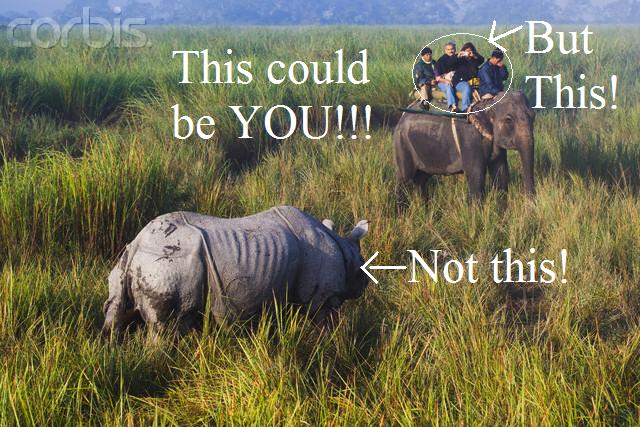Searching for a
different vacation spot? Someplace where you don't have to worry about
the crowds of tourists, or the myriad of tanners lying about the beach
with the screaming little kids? Look no further! The grasslands are
just what you've been looking for in a vacation spot! In the
grasslands, you won't have to worry about crowds of anybody!
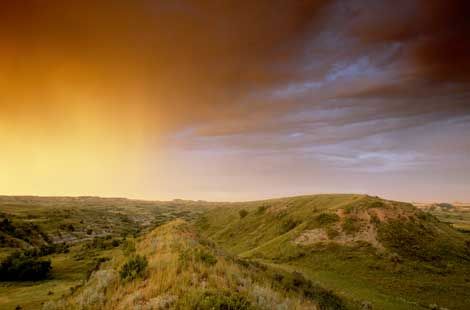
Grasslands have many names throughout the world. In the U.S. Midwest, they're known as
prairies. In South America, they're called pampas. Central Eurasian
grasslands are known as steppes, while in Africa they're known as
savannas. What they all have in common is that grass is their
dominant vegetation. Grasslands are found in places where there is not enough rainfall to support a forest, but not so little
as to make a desert.
Actually, most grasslands are located in between forests and deserts. Around one quarter of the Earth's land is covered with grasslands, but many of these areas have been turned into farms. Grasslands are mostly open and fairly flat, and they are found on every continent except Antarctica. Most lie in the drier parts of a continent's interior.
There are two different kinds of grasslands. They are called tropical and temperate. In the southern hemisphere, the grasslands typically get more precipitation than those in the northern hemisphere. Some grasses grow more than 7 feet (2 meters), and have roots extending several feet into the soil.
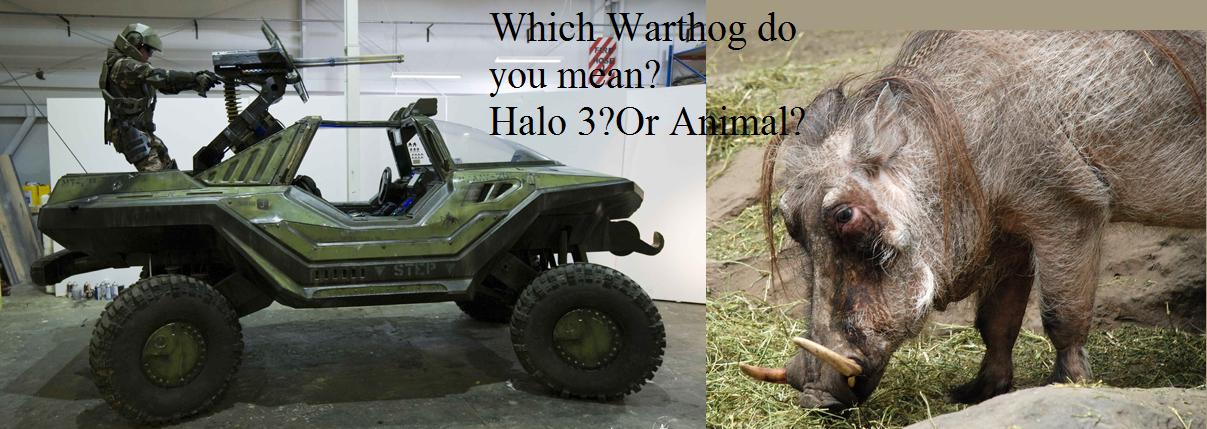
Temperate grasslands, which average between 10 and 30 inches of rain per year, have shorter grasses, sometimes only a few millimeters. These areas have a growing season and a dormant season. During the dormant season, no grass can grow because it is too cold.
The animals that live in temperate grasslands have adapted to the dry and windy conditions. There are grazing animals, like gazelle and deer, burrowing animals, such as mice and jack rabbits, and predators, such as snakes and coyotes. The North American grasslands were once home to millions of bison... this was before most of them were slaughtered by humans (as depicted below*).
*No animals were hurt in the making of this picture
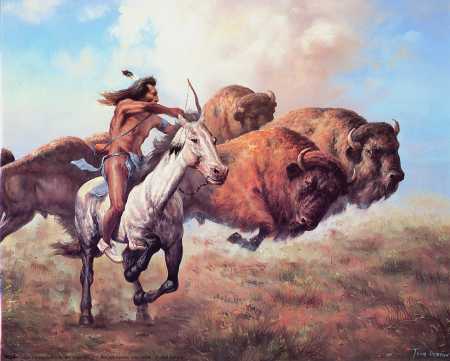
When rainy season arrives, a lot of grasslands become coated with flowers, some of which can survive well into winter with the aid of underground storage organs and thick stem bases.
No other habitat is as agriculturally useful to humans as grasslands. Soils tend to be deep and fertile, perfect for cropland or pastures. Much of the North American prairie lands have been converted into one of the richest agricultural regions on Earth.
Fires, both natural and human-caused, are important in maintaining grasslands. Ancient hunting peoples set regular fires to maintain and extend grasslands, and prevent fire-intolerant trees and shrubs from taking over. Grasses are able to survive fires because they grow from the bottom instead of the top.
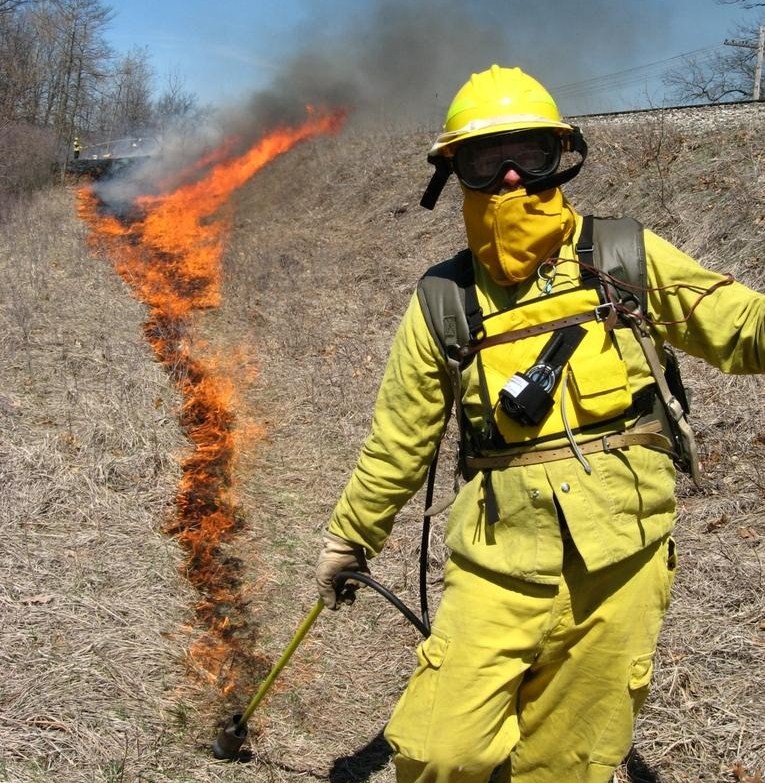
Who wouldn't want
to learn more about the grasslands after reading and seeing how interesting they
are? We guarantee that if you explore the site, you will not be able to
resist a grasslands vacation!** (as seen below)***
**We are not liable for any disagreements
or resistance with the gurantee in the above statement. This site is
explored at one's own risk.
***Actual experiences may differ
